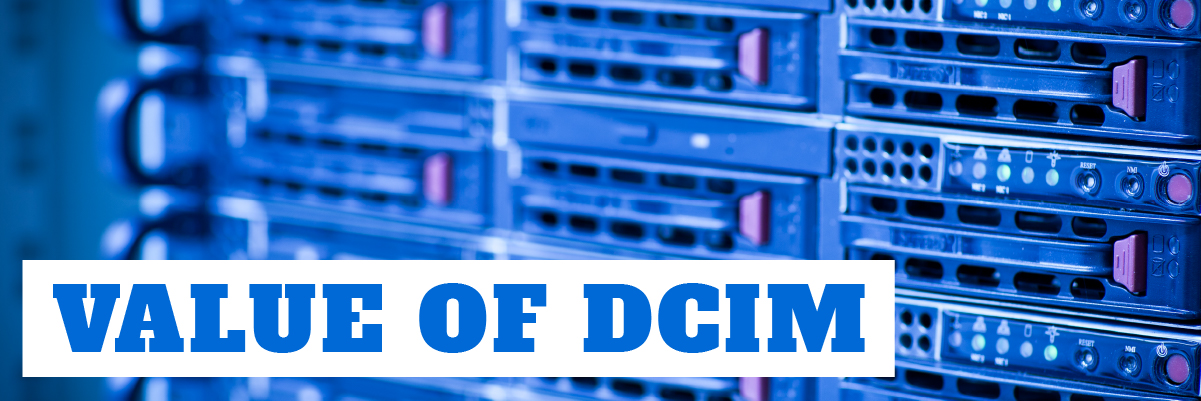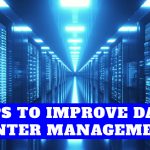Value of DCIM – Data Center Infrastructure Management
Data Center, in general people think it is a place where Data is being stored which is correct but there is a lot that an end user does not see or know is happening inside. A data center technician is responsible for tasks that are divided into several categories and assigned according to their skillset. Since the functionality of any application or program depends on how well a Data Center is being managed that is why its management becomes a critical part for the people involved in it. We can also refer Data Center as heart of the current IT Industry which is holding it together to provide services people need.
When it comes to know about the values that Data Center Infrastructure Management provides, we need to understand every aspect of the terms that is used to define the complete status of a Data Center starting from Deployment and till Maintenance. In other words, it can be categorized into 5 different area of focus:
- Capacity Planning
- Asset Management
- Power Monitoring
- Environmental Monitoring
- Change Management
Let us take an example here to understand all these terms in general: Assume a fully functional Data Center is going to get a new client which will be supported by the existing Datacenter. In this case before the client get onboarded the planning starts for the additional hardware/networking that will be required to accomplish this. This is when Asset management and Capacity Planning comes in handy. Since capacity planning is done to make sure to collect the data which is going to play an important role while buying the additional equipment. Data received from Capacity Planning is used to optimize the current IT Asset layout. When it comes to Asset Management it is a method to centrally manage the assets inside a data center including where a particular asset is located, how it is connected in relation to other assets, who owns it and maintenance coverage information.
Power Monitoring will define the total power requirement of this new client along with the current power capacity of the existing data center. In case the power requirement is more than the available value, new hardware will be added to support the new equipment. It gives a Data Center ability to investigate the entire power chain from generator down to a specific outlet on an intelligent cabinet PDU which will help in the diagnosis of any potential problems, balance power capacity across our facility, understand trend and receive alerts when problem arise with the help of proper sensors monitoring these values constantly.
Environmental monitoring enables us to capture data on Temperature, Pressure, Humidity and Air flow throughout the Data Center. Since these factors can impact the equipment severely, it is necessary to round the clock monitoring without failing. Now the importance of this factor is crucial since the behavior of the hardware will change and will interrupt the normal operations.
Change management creates an automated process for move, add and change work with real time tracking of work orders. This improves employee productivity, creates a repeatable streamlined process, and assist with compliance.
Selecting DCIM hardware and Software to meet our specific requirement can be challenging. Establishing a hardware roadmap and a business process is essential to achieve in a return on investment(ROI) with a decent solution. Once these are calculated, the requirements of different departments are addressed, and that the proper hardware foundation is in place to enable a smart, decent deployment.
DCIM also solve the challenges in project deployment facility assessment and controlled repeatability. Going through all these factors one can clearly see the importance of DCIM in current Information Technology requirement and how much values it brings to maintain a Data Center successfully and overcome all the challenges that may arise in the process.






